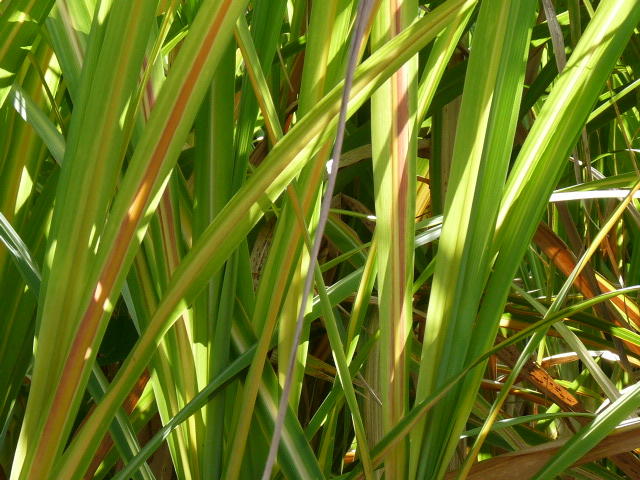The much anticipated government intervention meant to help sugar mills clear cane price arrears to the tune of Rs 22,000 crore has finally come. But it is good enough to find a lasting solution to the sugar industry’s and sugarcane farmers’ continuing woes?
On June 6, Union Cabinet chaired by Prime Minister Narendra Modi approved a slew of measures to improve the problem of liquidity of sugar mills arising out of a glut in sugar production and resultant dip in the sugar prices. The Rs. 7000 crore package includes the creation of a buffer stock of 30 lakh metric tonnes (LMT) of sugar for one year with an estimated expenditure of Rs.1175 crore.
The scheme will see the government making quarterly payments directly into the farmers’ bank accounts on behalf of mills against their cane price dues. A minimum mill gate selling price of Rs 29/kg for sugar, on the basis of the Fair Remunerative Price (FRP) of cane and minimum conversion cost of white/refined sugar, was decided. The government also imposed stock holding limits on sugar mills for the current sugar season (up to September 2018) as a safeguard mechanism to keep retail sugar prices range bound.
As a medium term measure, the government plans to assist sugar mills upgrade and augment captive distilleries through interest subvention of a maximum Rs.1332 crore over a period of five years. This also includes a moratorium period of one year on estimated bank loan amounting to Rs.4440 crore to be sanctioned to the sugar mills by the banks over a period of three years. The idea is to help diversion of sugar during surplus phase to reduce excess inventories in future.
The last four months have also seen the government increasing the custom duty on import of sugar from 50 per cent to 100 per cent to check any import to the country. It imposed stock holding limits on producers of sugar for the months of February and March, 2018 to stabilise the domestic sugar price, withdrew custom duty on export of sugar to encourage sugar exports, allocated mill-wise Minimum Indicative Export Quotas (MIEQ) of 20 LMT of sugar for export during Sugar Season 2017-18, re-introduced Duty Free Import Authorization (DFIA) Scheme in respect of sugar to facilitate and incentivize export of surplus sugar by sugar mills and provided extended financial assistance to sugar mills at Rs.5.50/quintal of cane crushed during 2017-18 Sugar Season to offset the cost of cane.
Indian Sugar Mills Association (ISMA), the representative body of the sugar industry, is guarded in its response.
Abinash Verma, director general, ISMA welcomes the move to provide subsidised loans for augmenting ethanol production capacity. He says that it will encourage setting up of more distilleries in the country over the next 3 years and will help in diverting some of the surplus sugarcane into ethanol and reduce surplus sugar in the long run. However, he is concerned about the lack of clarity on the rationalisation of cane pricing policy and the control on sugar sales by imposing stock limits. What is more important though is the industry’s disappointment over the short term remedial measure – the proposed minimum price of Rs. 29 per kilo.
Verma states that it is not enough to cover the cost of sugarcane even if one goes by the existing method of FRP calculation. “The ex-mill sugar price which supports the current FRP works out to around Rs.35 per kilo and therefore the Rs.29 is inadequate. It will, therefore, be a challenge to expect the sugar industry to clear the huge cane price arrears on this basis,” he points out.













